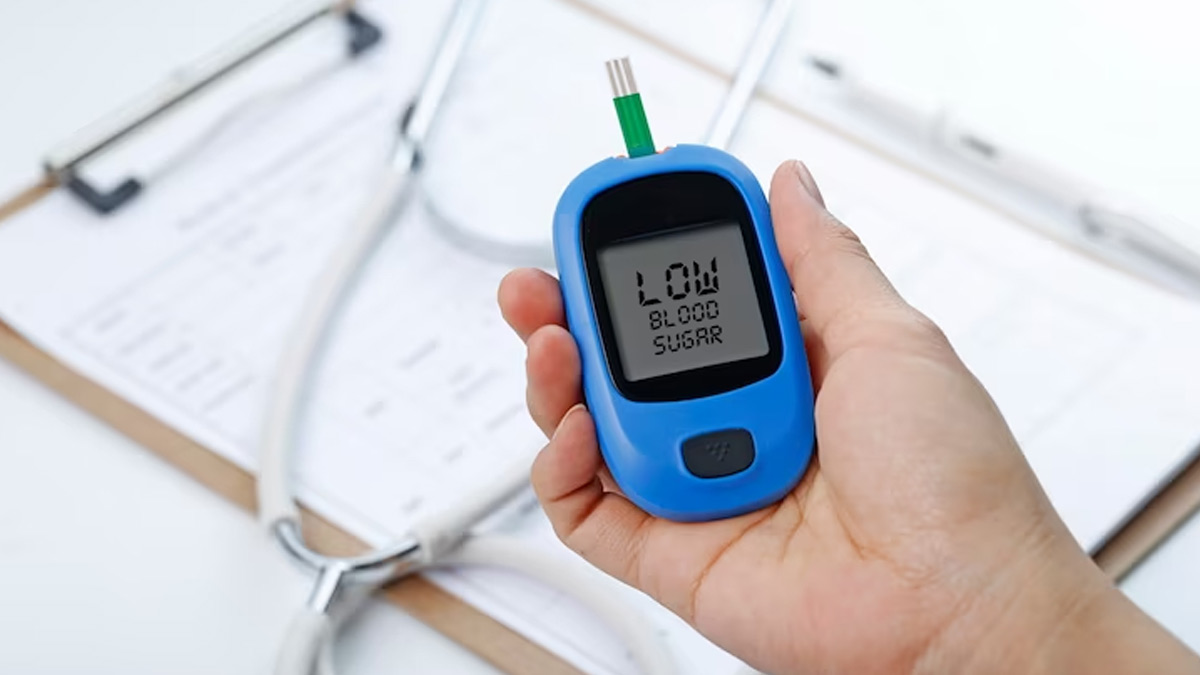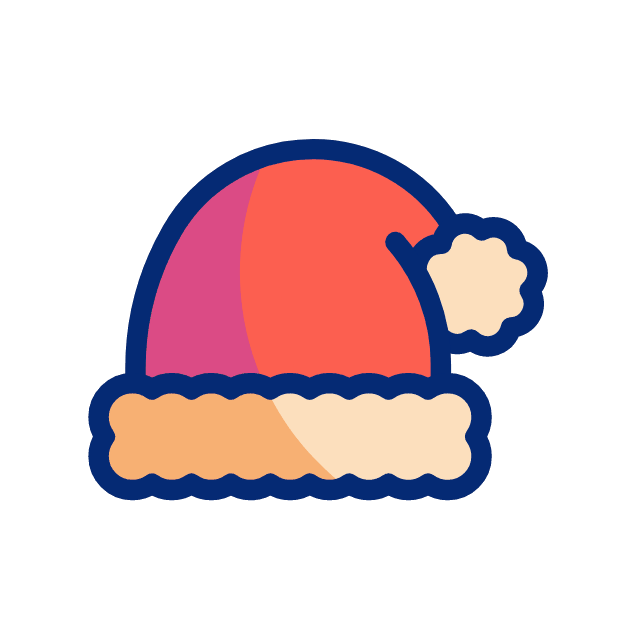
You tend to suffer from hypoglycemia when the glucose levels in your blood fall below normal. The expert states that sugar levels below 70 mg/dL are considered low. In this condition, you may experience symptoms like trembling or jitteriness, exhaustion, disorientation, dizziness, lightheadedness, hunger, irritation, a rapid heartbeat, and difficulty speaking coherently. Following this, your first action should be to check your blood sugar, and if it is below 70 mg/dL, you should follow the rule of 15 till the sugar levels get back to above 70 mg/dL. To learn more about this rule, we talked to Miss Mahima Raniwal, Diabetes Educator at Sitaram Bhartia Institute of Science and Research.
Table of Content:-

Also Read: Juvenile Diabetes: Expert Shares Practical Tips To Manage It
What Is Hypoglycemia?
After you consume carbohydrates, your digestive system converts them into glucose. Your bloodstream receives glucose from your digestive system, which then circulates it throughout your body to provide your tissues and organs energy. You tend to suffer from hypoglycemia when the glucose levels in your blood fall below normal. The expert states that sugar levels below 70 mg/dL are considered low.
Warning Signs Of Hypoglycemia

It is typical to suffer cognitive symptoms like poor judgement and trouble concentrating when your blood sugar levels fall. Some symptoms of low blood sugar levels are trembling or jitteriness, exhaustion, disorientation, dizziness, lightheadedness, hunger, irritation, a rapid heartbeat, and difficulty speaking coherently.
Rule Of 15 To Treat Hypoglycemia
Miss Raniwal stated that when you experience these symptoms, you should check your blood sugar levels right away. If the sugar levels are below 70 mg/dL, you should follow the 15-15 rule to bring your sugar levels back to normal.
You should mix three teaspoons of sugar or glucose, which is 15 gms of carbohydrates, with a glass of water and consume it like this. Then wait for 15 minutes and check your sugar levels. If your sugar levels are still below 70 mg/dL, repeat this process and wait for 15 minutes after rechecking your sugar levels again. It takes around 15 minutes for the sugar to enter your system. Thus, it is advised to wait 15 minutes before checking your blood sugar again.

Also Read: Foods To Manage Blood Sugar Level In Children With Diabetes
You can also take half a glass of juice or a non-diet soft drink, provided the quantity you take is strictly half a glass. According to Miss Raniwal, half a glass of fruit juice contains nearly 15 gms of carbs.
She further stated that if the liquid is not available, one can take three glucose biscuits or candies and wait for 15 minutes before checking the sugar levels. However, the liquid is preferred as its absorption is much faster in the body.
Management Of Hypoglycemia
It is crucial to managing hypoglycemia which can be done by not having frequent meals to keep starvation away. Following a six to eight-meal routine is advised by the expert, which implies eating after breakfast, lunch, and dinner. The 15 gms carbohydrates limit should also be followed here. You should drink a cup of milk (100 to 150 ml) after supper to avoid potentially deadly nighttime hypoglycemia. Make sure you are taking your insulin correctly at the right times.
Image Credits: freepik
Also watch this video
How we keep this article up to date:
We work with experts and keep a close eye on the latest in health and wellness. Whenever there is a new research or helpful information, we update our articles with accurate and useful advice.
Current Version
